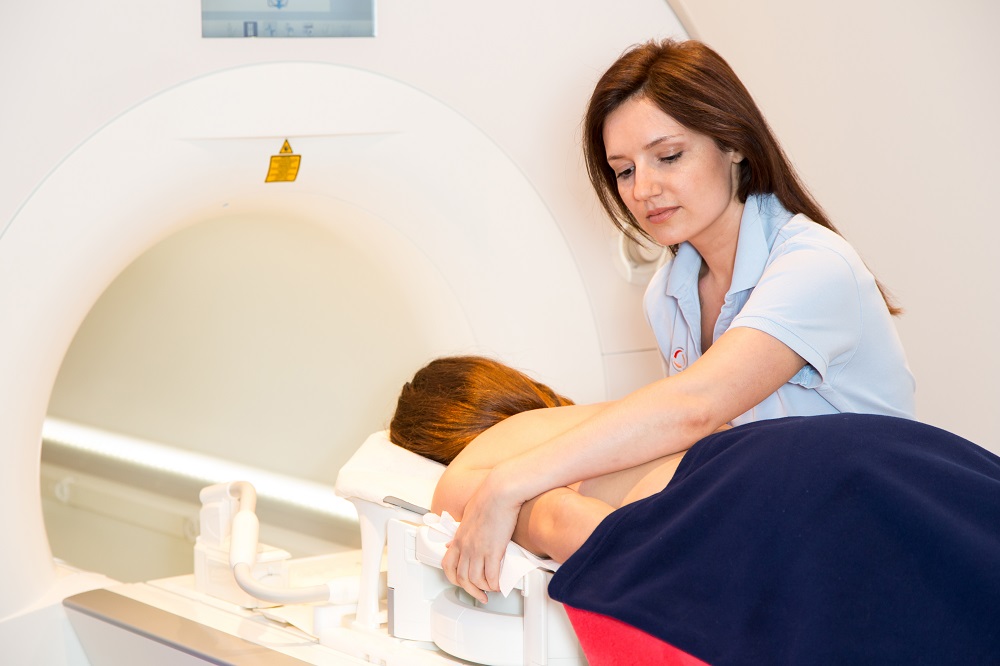When you’re experiencing severe lower back pain and strange neurological symptoms, getting a fast and accurate diagnosis is critical. Two serious but often misunderstood spinal conditions, Cauda Equina Syndrome (CES) and Arachnoiditis, share many overlapping symptoms, which can sometimes lead to diagnostic confusion or delay.
A timely and correct diagnosis is vital, as a delay in treatment for either condition can lead to permanent, life-altering consequences. It is crucial that healthcare professionals have the training and experience to differentiate between these conditions to ensure patients receive the urgent medical care they require.
Let’s break down the key aspects of each condition.
What is Arachnoiditis? The Pain of Inflamed Spinal Nerves
Arachnoiditis is a progressive pain disorder caused by the inflammation of the arachnoid, one of the delicate membranes that surrounds and protects the nerves of the spinal cord. This inflammation can lead to the formation of scar tissue, causing the spinal nerves to stick together, malfunction, and send constant, severe pain signals to the brain.
How Does Arachnoiditis Occur?
Many cases of arachnoiditis are iatrogenic, meaning they are caused by medical procedures. Common causes include:
Common Symptoms of Arachnoiditis
There is currently no cure for arachnoiditis. Treatment focuses on managing the chronic pain and debilitating symptoms, often requiring a lifetime of care.
What is Cauda Equina Syndrome (CES)? A Surgical Emergency
Cauda Equina Syndrome is a rare but extremely serious medical condition that occurs when the bundle of nerves at the very bottom of the spinal cord—the “cauda equina”—is severely compressed. This compression cuts off sensation and movement to the lower body and pelvic organs.
Unlike arachnoiditis, which is an inflammatory disease, CES is a compressive syndrome that constitutes a true surgical emergency.
What Causes CES?
The compression can be caused by:
Critical “Red Flag” Symptoms of CES:
If a patient does not receive emergency surgery to relieve the nerve pressure, typically within 24-48 hours of the onset of severe symptoms, the damage—including paralysis and loss of bladder/bowel control—can become permanent.
Can You Have Both Arachnoiditis and Cauda Equina Syndrome?
Yes. This is a critical point that complicates diagnosis. It is possible for a patient to suffer from both conditions simultaneously. Furthermore, mounting medical evidence suggests that the chronic inflammation and nerve scarring from severe arachnoiditis can be a contributing cause of the nerve compression that leads to Cauda Equina Syndrome.
This overlap makes an accurate and timely diagnosis by a skilled healthcare professional absolutely essential. A doctor’s failure to differentiate between the two, or to recognize the signs of emergency CES, can be a devastating form of medical negligence.
When Misdiagnosis or a Failure to Diagnose Leads to a Lawsuit
Did the debilitating symptoms of your Cauda Equina Syndrome or Arachnoiditis result from a medical error?
If so, you may be entitled to compensation for your damages, including medical expenses, lost income, and the immense pain and suffering these conditions cause.
Lisa S. Levine is a nationally recognized personal injury attorney with extensive experience in protecting the rights of clients with rare and complex medical conditions like CES and arachnoiditis. She understands the medicine, the legal standards, and how to fight for the resources your family needs for a lifetime of care.
If you were harmed by medical negligence, do not agree to any insurance settlement before speaking with an experienced attorney.
Schedule a Free, Confidential Consultation
Contact the law offices of Lisa S. Levine to discuss your case. We offer a free initial consultation to help you understand your legal options. We represent clients across Florida and the nation in these complex cases.

